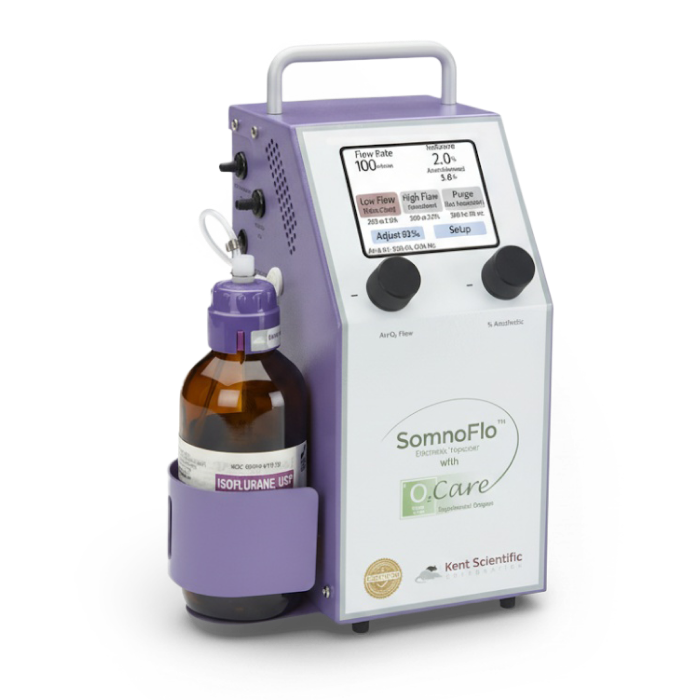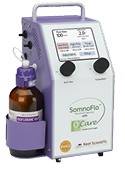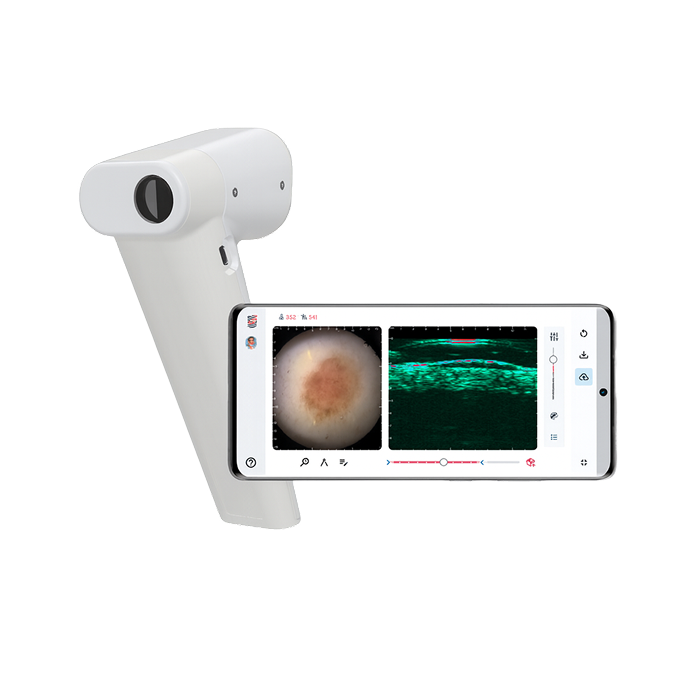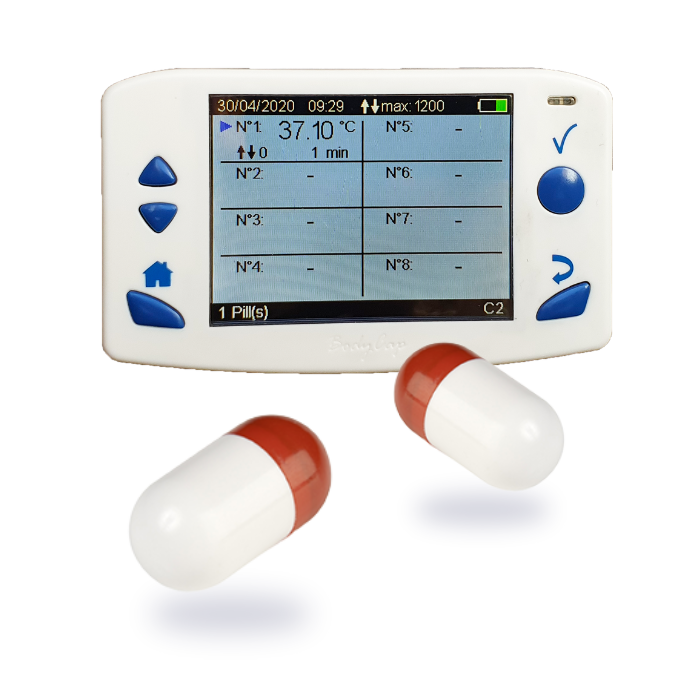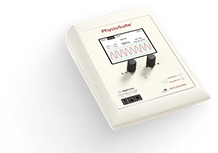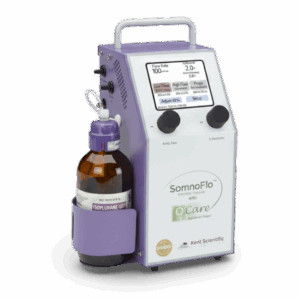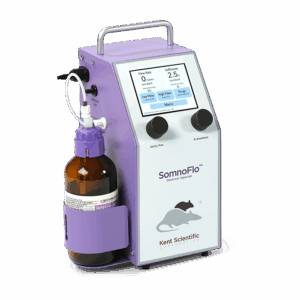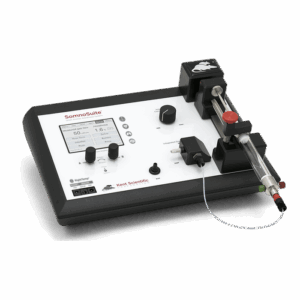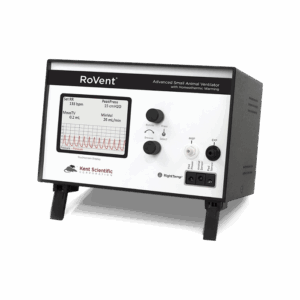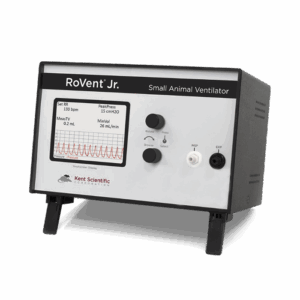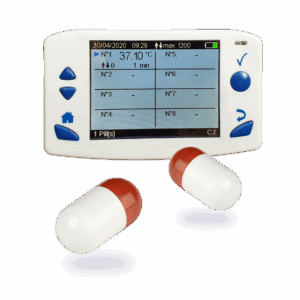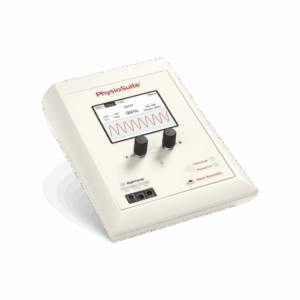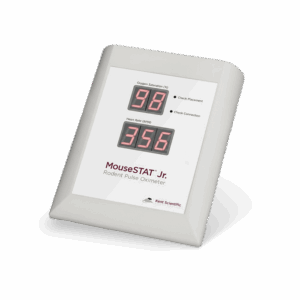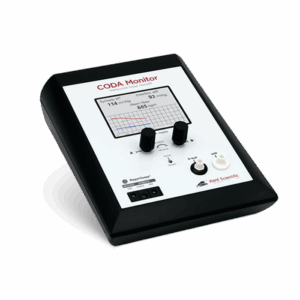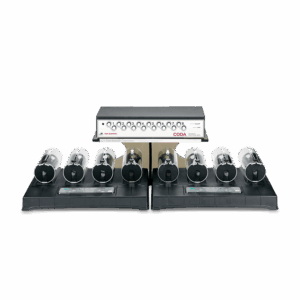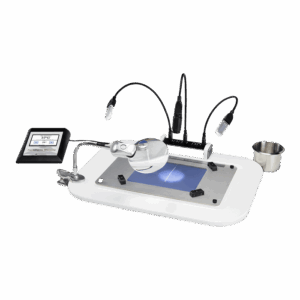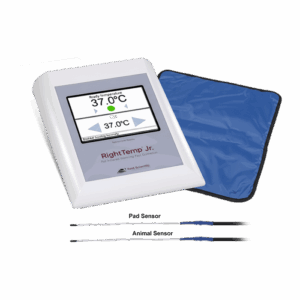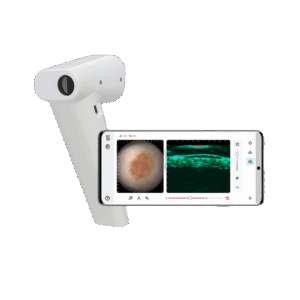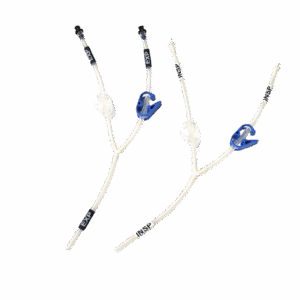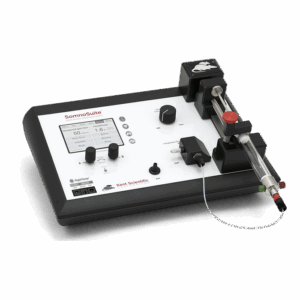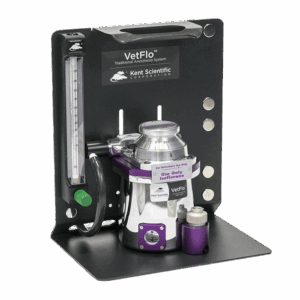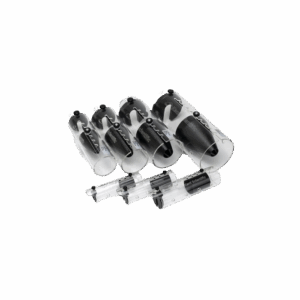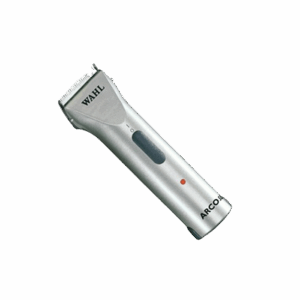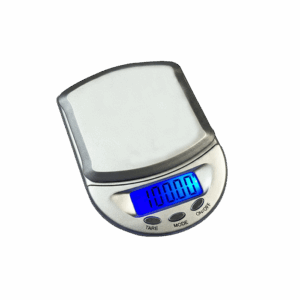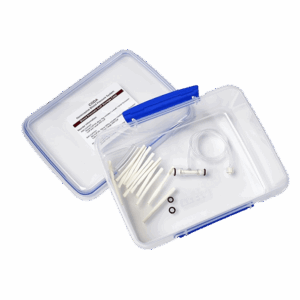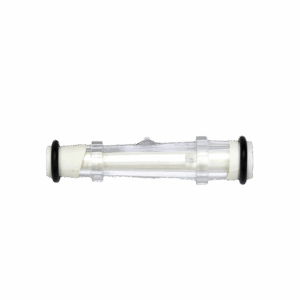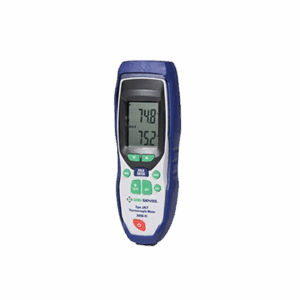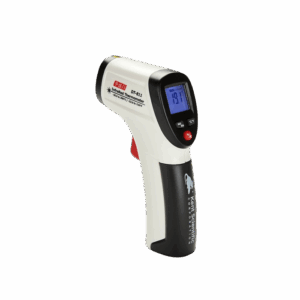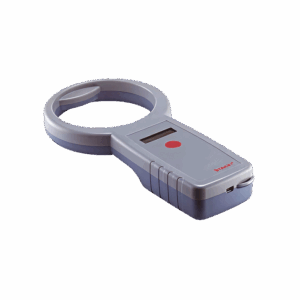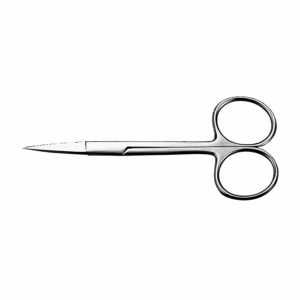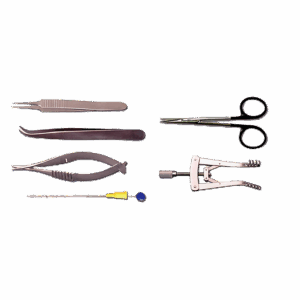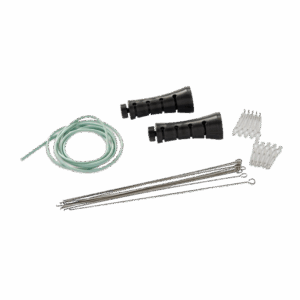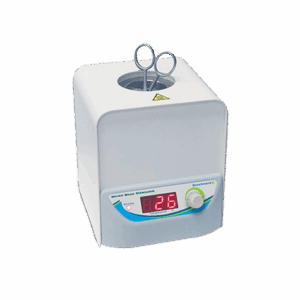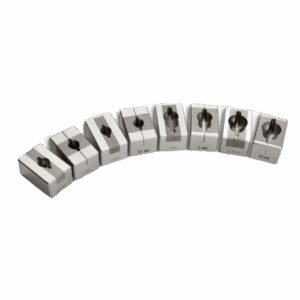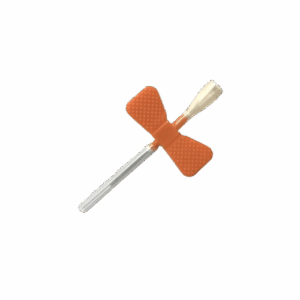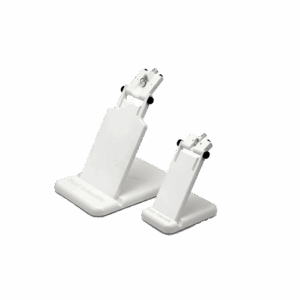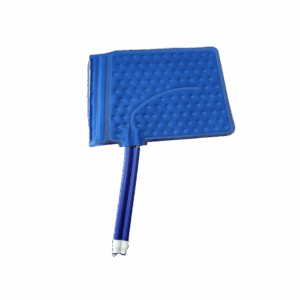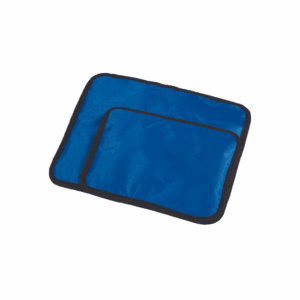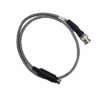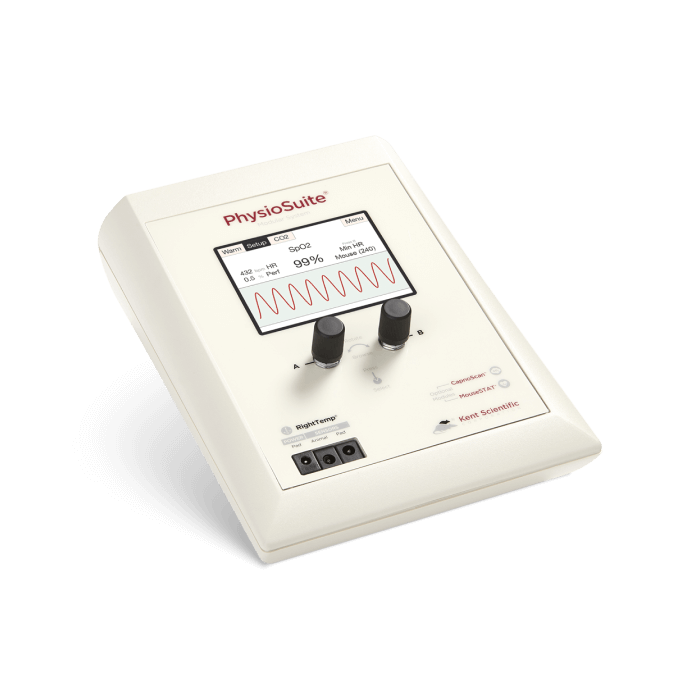
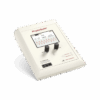
PhysioSuite®
Modular, customizable warming, pulse oximetry and CO2 monitoring system
The PhysioSuite® is essentially a box that you fill with the modules your research requires. Each module is a separate component that provides a specific function: warming, pulse oximetry and CO2 monitoring. Combine the modules you need now and add additional modules later as your research demands.
Every PhysioSuite ships with RightTemp®.
Need Help? Chat with an Expert
Not sure which modules are right for you?
Our team can help you with product details, configurations, and quotes.
What you get with PhysioSuite
Include up to 3 modules in one unit
Select the ones you need now, and add more modules later
Real-time recordings and data output capabilities
Compatible with third-party data acquisition software, such as LabChart, Spike2, etc.
Compact size
Significantly increases the amount of work space in the surgical area
Sensors last 50,000 hours
Customizable built-in screen
Keeps critical information easily visible
What your peers say
PhysioSuite resources
1.) The Heat is On A Technical Overview of Animal Warming: See Video
2.) RightTemp Sell Sheet: Download File
3.) SomnoSuite® and PhysioSuite® Publications: Download File
4.) PhysioSuite® Brochure: Download File
5.) PhysioSuite® Screenshots: Download File
PhysioSuite includes
- Integrated touch-screen display
- Real-time recordings
- 5 safety alarms
- Internal memory for data storage
- Mini-USB for data output
- 1 far infrared warming pad (8" x 10") for use with the RightTemp module
- 2 temperature sensors for the far infrared warming pad
- A 10-pack of disposable sleeve protectors for the far infrared warming pad
- 1-Year 100% parts & labor standard warranty
- Premium warranty available
(International extended warranty available. Contact your distributor for details)
Extend your PhysioSuite's capabilities with the following add-on modules
Every PhysioSuite ships with RightTemp, and is configurable with 2 add-on modules:
Included: PhysioSuite with RightTemp®
Temperature monitoring & homeothermic control module
The RightTemp Temperature Monitoring and Homeothermic Control system included with PhysioSuite allows you to accurately monitor and maintain rat and mouse body temperature.
Simply set your desired core body temperature and the system will automatically control the warming pad so the animal’s core temperature never goes above or below your set temperature.
Learn more about RightTemp today.
MouseSTAT®
Pulse oximeter and rat & mouse heart rate monitor module
Originally designed for use on mice, the MouseSTAT® Pulse Oximeter and Heart Rate Monitor Module can be used effectively on any small animal with the available different sized sensors.
Since the paws of small rodents are typically nude, no shaving or hair removal is required.
MouseSTAT accurately measures pulse oximetry on anesthetized or awake immobile animals with heart rates up to 900bpm.
Learn more about MouseSTAT.
CapnoScan®
End-tidal CO2 monitor module
CapnoScan® provides real-time capnography and sidestream sampling. To obtain end-tidal CO2 measurements, CapnoScan requires the animal be intubated and ventilated.
Learn more about CapnoScan.
Scientific Publications
Aberrant Dopamine System Function in the Ferrous Amyloid Buthionine (FAB) Rat Model of Alzheimer's Disease
Continue ReadingBlocking P2X7 by intracerebroventricular injection of P2X7-specific nanobodies reduces stroke lesions
Continue ReadingBrain capillary pericytes are metabolic sentinels that control blood flow through a KATP channel-dependent energy switch
Continue ReadingBrain-wide ongoing activity is responsible for significant cross-trial BOLD variability
Continue ReadingConservation of locomotion-induced oculomotor activity through evolution in mammals
Continue ReadingWarranty information
| PhysioSuite with RightTemp US & Canada | Standard, no charge | Extended $220 |
|---|---|---|
| Coverage period | 1 year | Additional 2 years |
| Controller | ||
| Loaner equipment (for use under warranty repairs) |
$450/week
|
$450/week
|
| Loaner equipment — Shipping (for use under warranty repairs) | ||
| Onsite installation & training | ||
| Expedited repairs |
| PhysioSuite with RightTemp and MouseSTAT US & Canada | Standard, no charge | Extended $595 | Premium $1,750 |
|---|---|---|---|
| Coverage period | 1 year | Additional 2 years | Additional 2 years |
| Controller | |||
| Loaner equipment (for use under warranty repairs) |
$450/week
|
$450/week
|
Unlimited
|
| Loaner equipment — shipping (for use under warranty repairs) |
Next day
| ||
| Onsite installation & training |
Training
| ||
| Expedited repairs |
24 hours
|
Note:
- Damage or failures that result from abuse, negligence, or misuse are not covered under warranty.
- Expedited repair time starts the business day after product is received and ends when shipped to customer.
- Customer is responsible to inform Kent Scientific when making a warranty claim.
- Extended warranties purchased after the original system sale are subject to approval. It may be necessary to have the controller returned for inspection before the purchase of the extended warranty.
- Only standard 1 year warranty available for CapnoScan module.
Need Help With Your Order?
Our product specialists are here to help with additional information on our products, grant proposals, orders and more. Give us a call today!
Call 888-572-8887
Help & Support
Have questions or need assistance? Our friendly team is ready to help with orders, shipping, or product care. Contact us anytime—we’re just a click away!
We reply fast, usually in 24 hours.
FAQs
Are the MouseSTAT pulse oximeter sensors CT compatible?
Yes, all MouseSTAT sensors are CT compatible.
Are there limitations to using room air with the SomnoSuite?
The SomnoSuite can be used for long procedures with room air. Per regulatory guidelines, it is recommended to closely monitor physiological parameters for the duration of the procedure. In some cases, the addition of supplemental oxygen or mechanical ventilation may be useful.
Can I output data?
Yes, there are multiple options to record and manage data. The system includes one analog output (for a single parameter), or you may export all parameters digitally via mini-USB.
Is the SomnoSuite compatible with stereotaxic masks?
Yes. The SomnoSuite includes adapters to fit onto your stereotaxic gas anesthesia mask. Two adapter sizes are included and will fit most stereotaxic masks.
Can the MouseSTAT measure SpO2 on 7-day-old mice?
Yes, you can use the 4 mm paw sensor or try using the Y-Clip sensor as a whole body sensor.
Can the MouseSTAT pulse oximeter be used on awake animals?
Scientists in search of equipment to meet their study needs should be aware that there are legitimate questions regarding even the possibility of taking these measurements in mobile animals. In reality, there is currently no system capable of 100% reliably measuring pulse ox in active, conscious animals.
The reasons for this are many. First, the sensor must be considered. Systems using neck or throat-fitted optical sensors rely on them being affixed to the animal at the prescribed region while tethered by a cable to the monitor’s controller. The stress of initially applying the sensor in either of these areas causes variations in heart rate and pulse oxygenation and make natural readings unobtainable. Once acclimated to wearing them, the animal must adapt to essentially being at the end of a leash, again, an unnatural condition resulting in skewed readings.
Arguably, placing a conscious animal in an individual animal holder, pacifying and acclimating it to the environment and applying an unobtrusive sensor to its paw is far less disruptive to their normal conditions, and more conducive to acquiring readings that can be relied on.
Remember, any method of restraining your animal will affect the data you’re able to collect. Minimizing the stress of the procedure, reducing the duration of the monitoring period and accelerating how quickly the animal is able to adapt all can have an impact in acquiring more reliable, reproducible readings.
Do I need a pressure reducer to use compressed gas with my SomnoSuite?
The SomnoSuite requires a gas input of 5-10 psi. You can use a pressure regulator provided that it is capable of reducing the output of your gas source to 5-10 psi, or you can use a Pre-Set Pressure Reducer.
What type of scavenging is recommended?
Passive scavenging is sufficient to capture waste anesthetic gas from the SomnoSuite. An F/AIR Canister is included with each system.
Does the unit connect to a gas supply?
Yes. You can use room air of an external gas supply (up to 15PSI) that connects to the back of the SomnoSuite.
How does the RoVent operate in both constant volume and constant pressure modes?
The RoVent operates in either a constant pressure or a constant volume mode. When in the constant pressure mode it will report the tidal volume delivered. When in the constant volume mode it will report the airway pressure generated to deliver the volume and functions like a standard volume ventilator.
For animal safety the volume mode has both minimum and maximum pressure settings. Regardless of the volume delivered, a minimum airway pressure has to be attained so the animal will be ventilated at a minimal level. Also, regardless of the inspiratory volume, the airway pressure will not go over the maximum pressure setting, thereby protecting the animal from over ventilation. Minimum and maximum pressure are set by the user.
How long will my filled syringe last in constant flow mode?
How portable is the SomnoSuite?
Extremely portable – similar in size to a laptop computer. The internal pump allows you to use ambient air to mix with your anesthetic. The battery allows you to take the system outside the lab for field work or in other instances where outlets are not available.
What are the dimensions of the SomnoSuite?
- Length: 11.5″ (29.2 cm)
- Width: 8.5″ (21.59 cm)
- Height: 3″ (7.62 cm) top
1.75″ (4.45 cm) bottom - Weight: 3.65 lbs (1.6 kg)
What are the fittings and hose sizes?
The fitting size is 1/4″ and the tubing is 1/4″ x 3/8″ PVC.
Where does the isoflurane go?
Once the isoflurane leaves the syringe, it travels down the Anesthetic Delivery Tube into the Integrated Digital Vaporizer Block. The anesthetic vapor travels out the INSP port for delivery. It will then flow back into the EXP port on the front of the SomnoSuite, and out the back through the Exhaust port. An F/AIR Canister is included with each system for scavenging.
Which syringe size should I use?
Kent Scientific recommends the smallest syringe size that will accommodate the duration of your application. As the SomnoSuite operates at very low flow rates, the use of a smaller syringe will yield more accurate and uniform anesthetic delivery.
For best precision, response and the accuracy of anesthetic delivery, we recommend that the syringe last 4-6 hours, which is attainable for a 30 g mouse with a 2 mL syringe. For the same animal, a 5 mL syringe usually gives acceptable delivery while potentially lasting 10+ hours.
For the same animal with a 10 mL syringe, the syringe pump is running very slow so the delivery of the anesthetic will be more pulsatile.
Given that the response time of the animal to changes in anesthetic tends to be in the order of a few minutes, the user may feel that the pulsatile delivery with the 10 mL syringe may be insignificant compared to the potential of 20+ hours of anesthetic delivery before a filled replacement is required. We leave this decision up to the user.
What are the benefits of using a lower flow rate?
- A lower flow rate leads to significant cost savings! Less isoflurane will be used and less charcoal canisters are required for scavenging1,2,4.
- A lower flow rate can decrease personnel waste gas exposure1,4.
- Using a lower flow rate can be beneficial to the animal’s health. High flow rates promote hypothermia and drying of the respiratory tract1,4.
- A low flow rate can improve the accuracy of physiological monitoring. High fresh gas flows can cause false low ETCO2 values due to sample dilution1,3.
Sources:
- Carroll, G. Small Animal Anesthesia and Analgesia. Blackwell Publishing, Ames, IO (2008).
- Damen, F.W., Adelsperger, A.R., Wilson, K.E., Goergen, C.J. Comparison of traditional and integrated digital anesthetic vaporizers. JAALAS. 54 (6), 756-762. (2015).
- Marshall, Melissa. Capnography in dogs. Compendium, Boston MA (2004).
- Tranquilli, W.J., Thurmon J.C., Grimm K.A., eds. Lumb and Jones’ veterinary anesthesia and analgesia. John Wiley & Sons, Hoboken, NJ (2013).
Can I sterilize the controller with vaporized hydrogen peroxide (VHP)?
Yes, the controller can be sterilized with hydrogen peroxide gas (or VHP). You may use the same sterilization protocol used for laptop computers and other electronics in your facility. Be sure to open any caps or ports to allow the gas to reach inner mechanisms and tubing, if applicable.

